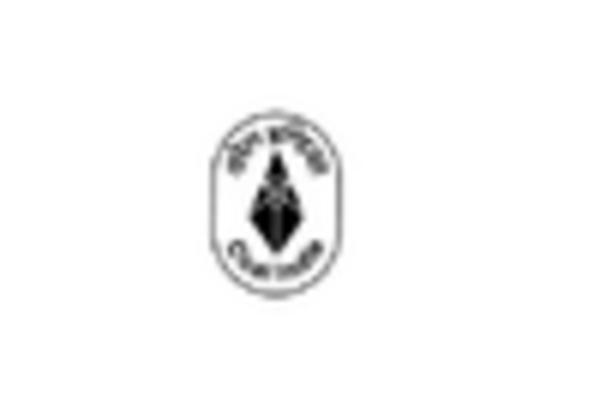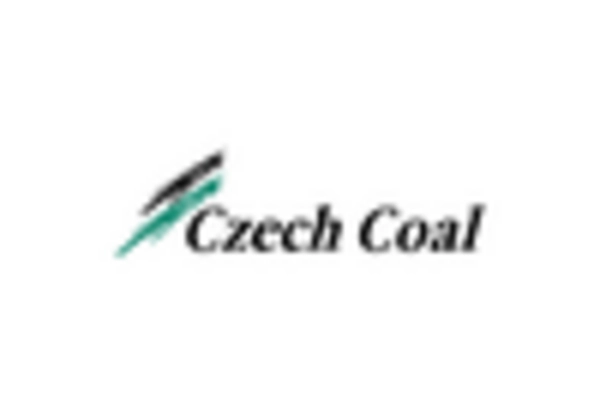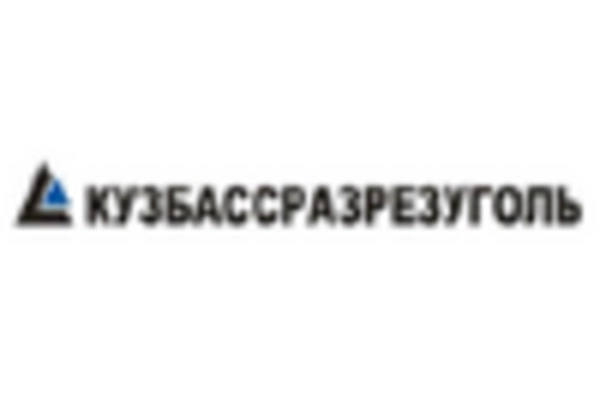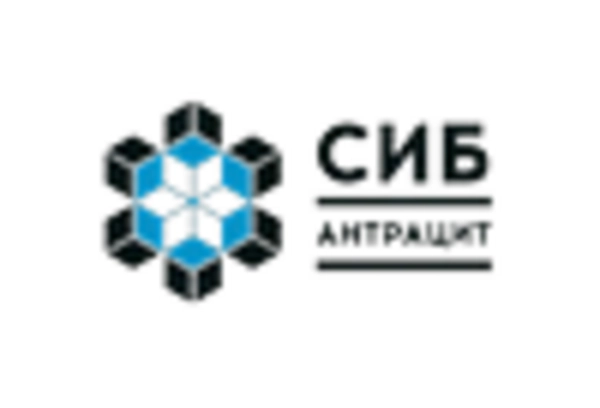Rising Export Demand
The anthracite market in South Africa is witnessing a surge in export demand, particularly from emerging markets. Countries in Asia and Europe are increasingly seeking high-quality anthracite for their energy needs. In 2025, exports are expected to contribute significantly to the overall market growth, with estimates suggesting a potential increase of 15% in export volumes compared to previous years. This trend is driven by the global shift towards cleaner energy sources, where anthracite is viewed as a viable option due to its lower emissions compared to other coal types. As South Africa positions itself as a key supplier, the anthracite market is likely to benefit from this growing international interest.
Growing Domestic Energy Needs
The increasing domestic energy needs in South Africa are significantly impacting the anthracite market. As the country continues to develop, the demand for reliable and efficient energy sources is on the rise. In 2025, it is estimated that domestic consumption of anthracite will increase by approximately 10%, driven by the need for energy in residential and commercial sectors. This growing demand is prompting energy producers to explore anthracite as a viable option for power generation. Consequently, the anthracite market is likely to see a boost in local consumption, which may further stimulate production and investment in the sector.
Increasing Industrial Applications
The anthracite market in South Africa is experiencing growth due to its increasing applications in various industrial sectors. Industries such as steel manufacturing and cement production are utilizing anthracite for its high carbon content and low impurities. In 2025, the demand from the steel sector alone is projected to account for approximately 30% of the total anthracite consumption. This trend indicates a robust industrial reliance on anthracite, which is likely to drive market expansion. Furthermore, the cement industry is also recognizing the benefits of anthracite as a fuel source, potentially increasing its market share. As industries seek to enhance efficiency and reduce emissions, the anthracite market is positioned to benefit from these evolving industrial needs.
Government Policies and Regulations
Government policies in South Africa are playing a crucial role in shaping the anthracite market. Regulatory frameworks aimed at promoting cleaner energy sources and reducing carbon emissions are influencing the demand for anthracite. The South African government has set ambitious targets for reducing greenhouse gas emissions, which may lead to increased investment in cleaner coal technologies. Additionally, policies that support local mining operations can enhance the supply chain for anthracite, making it more accessible to industries. In 2025, it is anticipated that these regulations will create a more favorable environment for the anthracite market, potentially increasing its market share in the energy sector.
Technological Innovations in Mining
Technological advancements in mining practices are transforming the anthracite market in South Africa. Innovations such as automated mining equipment and improved extraction techniques are enhancing operational efficiency and reducing costs. These advancements not only increase the yield of anthracite but also minimize environmental impacts, aligning with global sustainability goals. In 2025, it is projected that these technologies will lead to a 20% increase in production efficiency, thereby boosting the overall supply of anthracite. As mining companies adopt these technologies, the anthracite market is expected to experience a positive shift, attracting further investment and interest.

















Leave a Comment